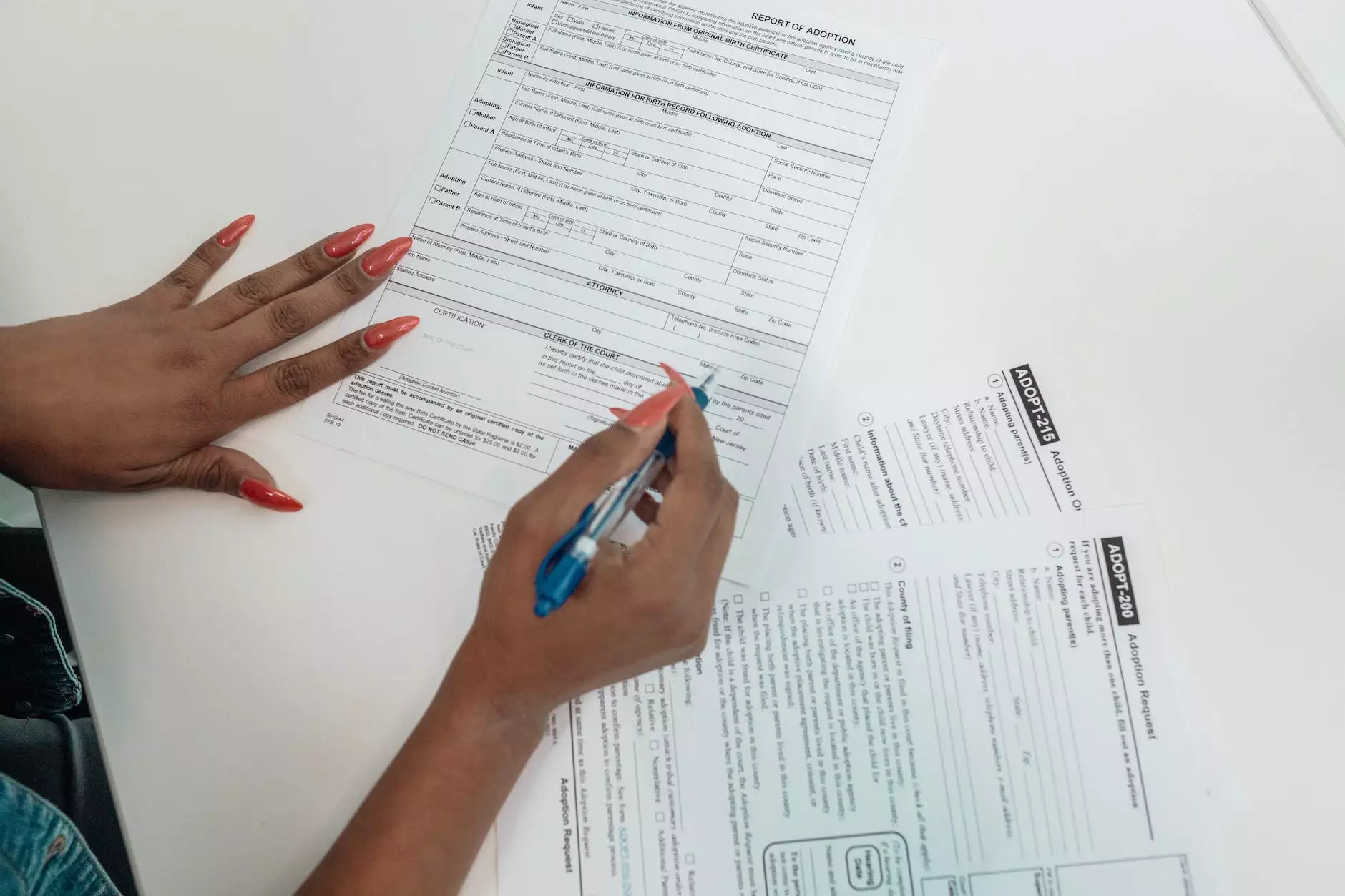How to Open a Prop Trading Firm: A Comprehensive Guide

Understanding Proprietary Trading
Proprietary trading (prop trading) involves financial firms investing their own capital in various assets rather than executing orders on behalf of clients. The allure of this model lies in the potential for significant profits from market movements, allowing firms to capitalize on their trading strategies without the constraints associated with managing client funds. In this guide, we will delve into the intricate details of how to open a prop trading firm, exploring the vital steps and considerations you must keep in mind.
Step 1: Developing a Solid Business Plan
Every successful venture begins with a well-thought-out plan. Your business plan for a prop trading firm should include:
- Executive Summary: Briefly outline your business objectives and the strategies you intend to employ.
- Market Analysis: Conduct thorough research on the trading market, identifying potential competitors and target markets.
- Operational Plan: Detail the daily operations, including trading strategies, technology used, and risk management policies.
- Financial Projections: Provide a forecast of your financial outlook, including capital requirements and expected return on investment.
Step 2: Choosing a Legal Structure
The next step involves selecting the right legal structure for your business. Common options for a prop trading firm include:
- Sole Proprietorship: A straightforward option, though it exposes you to personal liability.
- Limited Liability Company (LLC): Offers protection against personal liability, making it a popular choice.
- Corporation: Provides the strongest protection from personal liability and may offer tax benefits.
Consult with a legal professional to understand the implications of each option and choose the one that best fits your needs.
Step 3: Securing Capital
To establish a prop trading firm, you must have sufficient capital. There are several avenues for raising funds:
- Personal Savings: Using your own funds is a straightforward way to start.
- Investors: Bringing in partners or investors can increase your capital but may dilute your control.
- Loans: Securing a business loan is another option, though it involves meeting specific criteria and obligations.
After securing capital, it’s essential to set aside a liquidity reserve to handle market fluctuations and operational costs.
Step 4: Choosing the Right Technology
A successful prop trading firm relies heavily on the technology it uses. Here are key components you need to consider:
- Trading Platform: Select a platform that supports your trading strategies, provides necessary tools, and integrates with other systems.
- Market Data Feeds: Real-time data feeds are crucial for making informed trading decisions.
- Risk Management Software: Implement tools to monitor trades, manage risk, and ensure compliance with trading guidelines.
Investing in robust technology can be costly but is vital for a competitive edge in the trading field.
Step 5: Building a Team of Traders
Your prop trading firm will need skilled traders who are both knowledgeable and adaptable to market changes. Consider the following when building your team:
- Define Roles: Identify the skills needed—quantitative analysis, fundamental analysis, or algorithmic trading—based on your firm’s strategy.
- Recruitment: Use targeted hiring processes to attract talented traders, considering both experience and potential for growth.
- Training: Offer ongoing education and training to keep your team updated on market trends and trading technologies.
A well-rounded team can enhance your firm's performance and adaptability in volatile markets.
Step 6: Obtaining Regulatory Licenses
Operating a prop trading firm requires adherence to regulations governed by financial authorities. Steps include:
- Understand Regulatory Requirements: Research the specific regulations that apply to your location and trading activities.
- Submit Applications: Prepare and submit necessary applications for licenses to operate legally.
- Compliance Policies: Develop internal compliance and risk management policies to adhere to ongoing regulations.
Staying compliant not only protects your business but also builds credibility in the financial market.
Step 7: Developing a Risk Management Strategy
A comprehensive risk management strategy is essential for a successful prop trading firm. This includes:
- Position Sizing: Determine how much capital to allocate to individual trades to mitigate risk.
- Stop Loss Orders: Implement stop-loss orders to protect against significant losses.
- Diversification: Diversify your trading portfolio to spread risk across various assets or markets.
Having a robust risk management framework protects your firm and aids in long-term survival in competitive trading environments.
Step 8: Marketing Your Prop Trading Firm
Once you have set up your prop trading firm, it's time to attract clients and investors. Strategies to effectively market your firm include:
- Online Presence: Build a professional website (like propaccount.com) showcasing your services, team, and track record.
- Content Marketing: Create valuable content such as blogs, webinars, and newsletters to establish thought leadership in the trading space.
- Networking: Attend financial industry events and engage with potential clients and investors to build relationships.
Effective marketing can set your prop trading firm apart from competitors and attract clientele.
Step 9: Continuous Improvement and Adaptation
The financial markets are continually evolving, and staying ahead requires constant learning and adaptability. Ensure your firm:
- Evaluates Performance: Regularly assess trading strategies and performance metrics to identify areas for improvement.
- Adapts to Market Conditions: Be willing to shift strategies based on market trends and economic indicators.
- Invests in Technology: Keep your trading technology updated to leverage advancements that can enhance your trading strategies.
This commitment to continuous improvement helps secure your firm's success in the long run.
Conclusion
Opening a prop trading firm is a challenging yet rewarding endeavor that demands meticulous planning, sound financial backing, and robust execution. By following the structured steps outlined above and remaining agile in your approaches, you can establish a thriving trading business. With dedication and strategic foresight, your firm can navigate the complexities of the market landscape and achieve lasting success.
Ready to Take the Leap?
If you're enthusiastic about opening your prop trading firm, take the first step today. Build a strong foundation, surround yourself with talented individuals, and let your passion for trading drive your business towards success!









